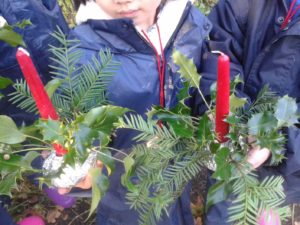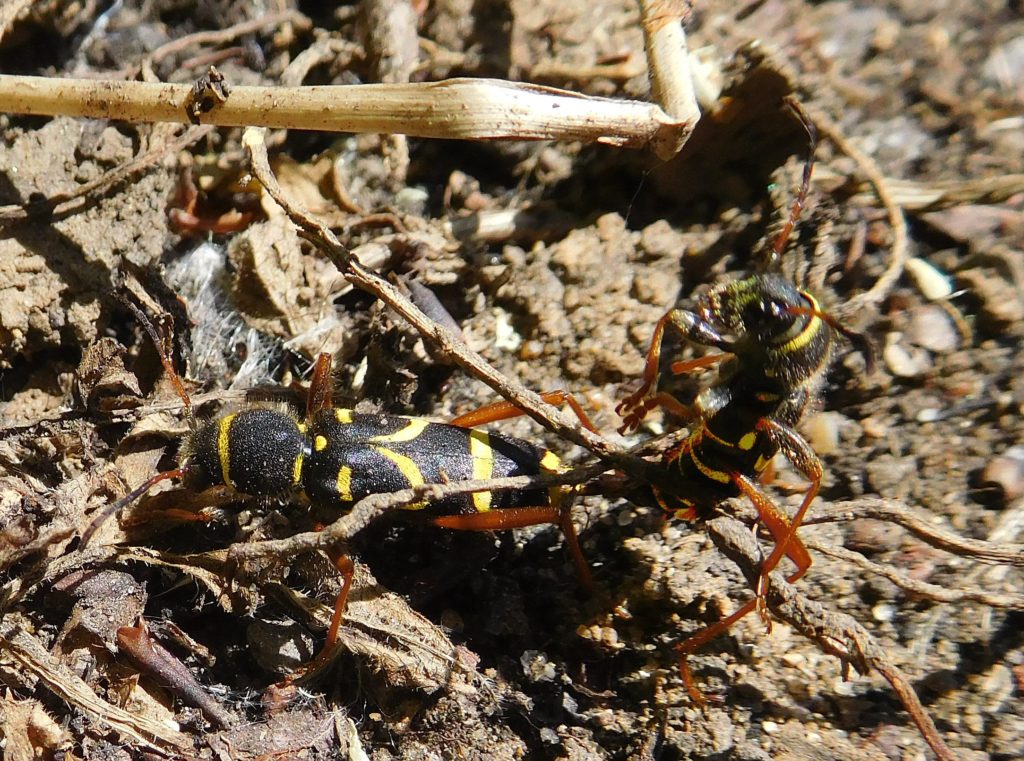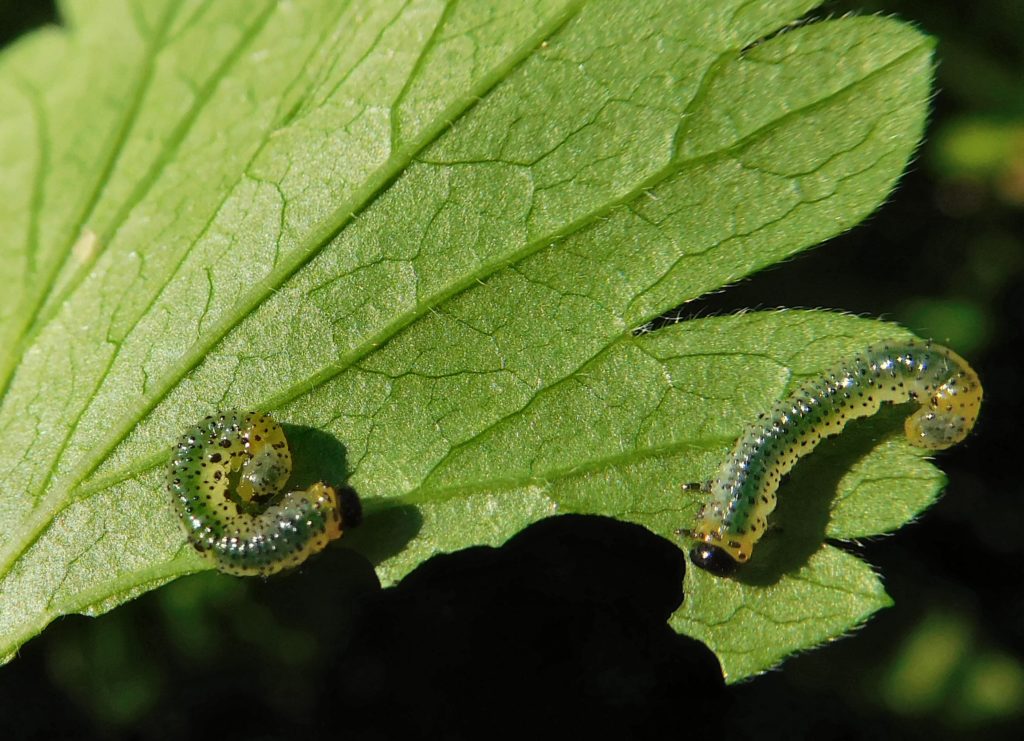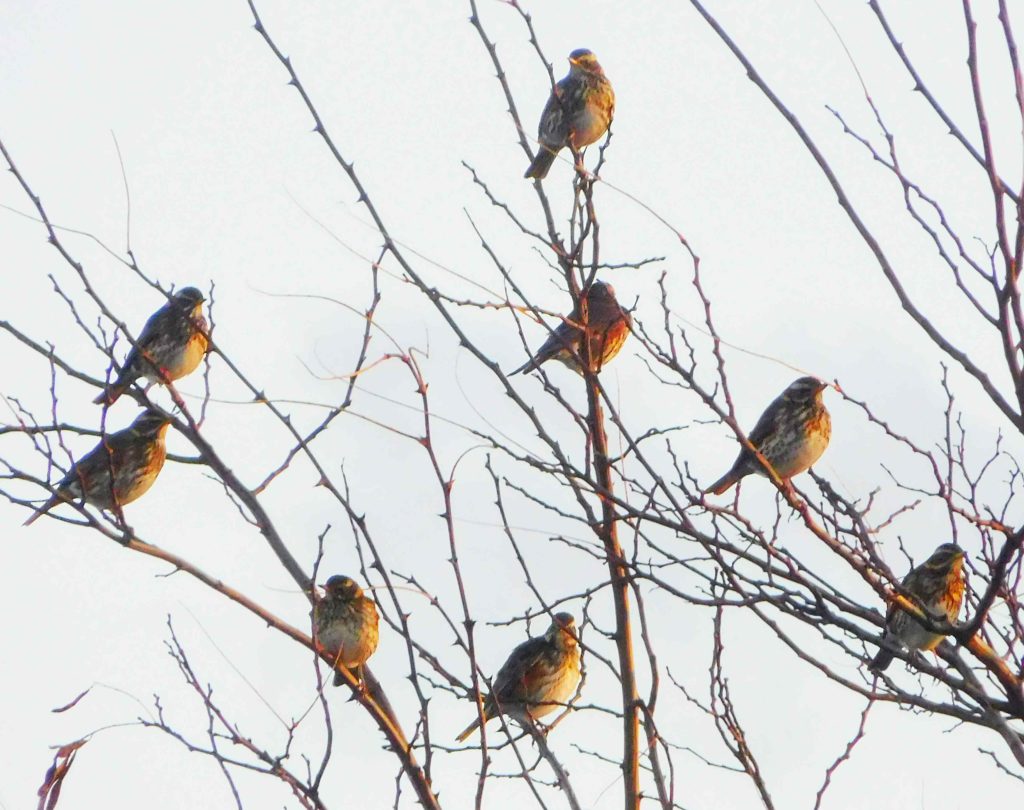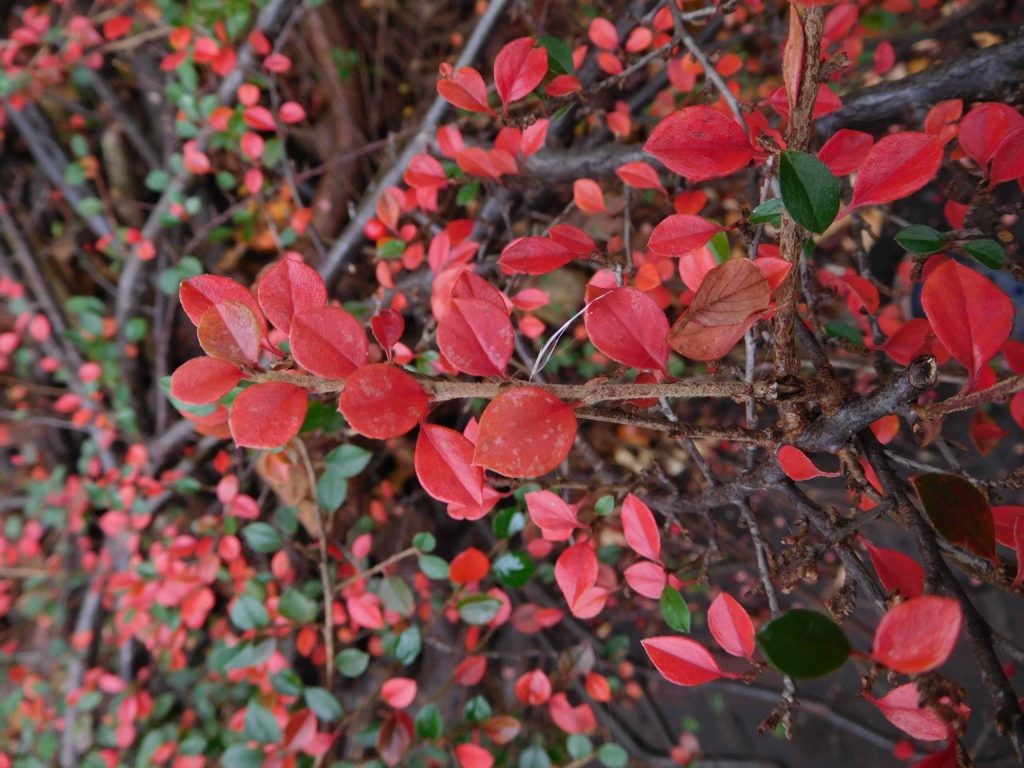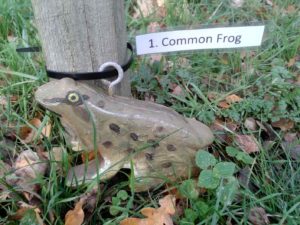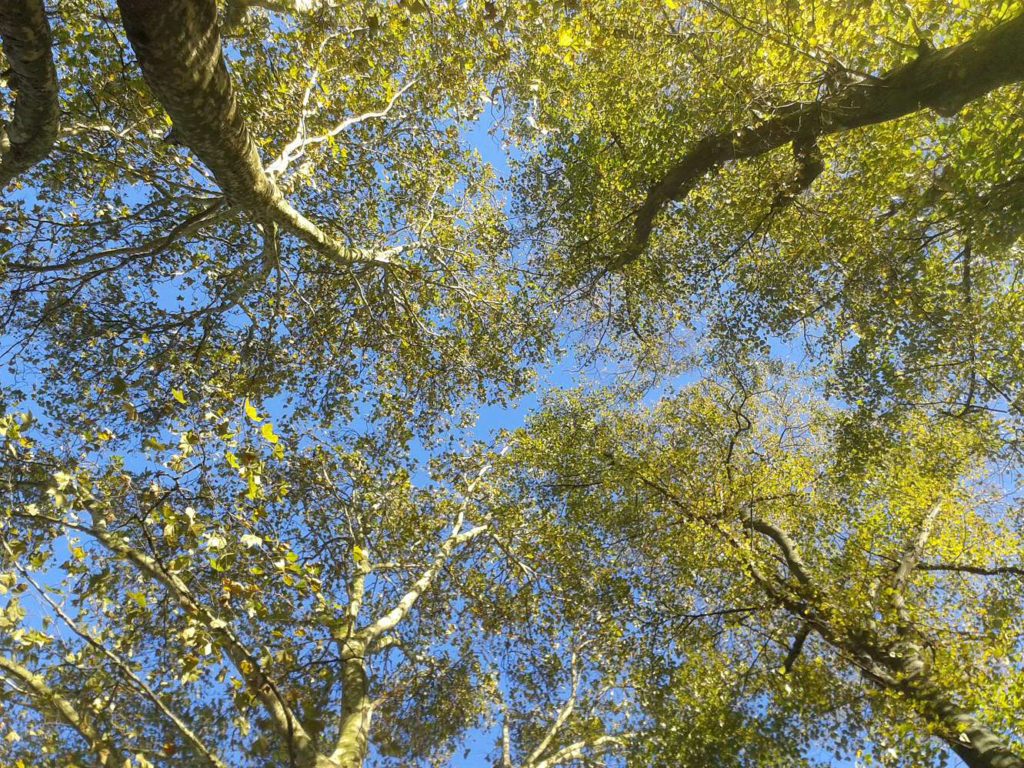
Category Archives: Love of Nature
Book Review: The Moth Snowstorm: Nature and Joy by Michael McCarthy
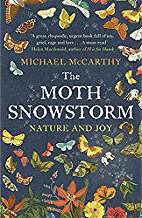
This is a powerful book, one of the few on nature that can simply be called great. Perhaps Rachel Carson’s 1962 Silent Spring was the last one.
McCarthy states that nature is under deadly threat from humanity. We build roads, dams, sea walls, houses, factories; habitat is destroyed. We drive cars, fly in planes, live in houses made of brick or concrete; oil is burnt, releasing carbon dioxide, causing global warming. The extra heat warms the oceans, making sea level rise. The carbon dioxide makes the oceans acidic, threatening species-rich coral reefs. We buy food containing palm oil: the palm plantations march across the tropics, replacing species-rich rainforest. We eat hamburgers. Cattle grazing spreads across the world, replacing more rainforest; methane from cow stomachs joins the atmosphere, accelerating global warming. Every habitat is under attack. A 6th extinction, to rival or exceed the great extinctions like the Cretaceous-Tertiary which destroyed the dinosaurs, is under way already.
McCarthy tells what this means in his own experience, his own country, England. When he was a boy, Buddleia bushes in the suburbs were covered in butterflies: now they aren’t. When he was young, car headlights and windscreens were covered in insects; any night drive in the country seemed to be through a blizzard of flying insects, the ‘Moth Snowstorm‘ of his title. Now, if he sees one moth, a single one, on a journey, it is worthy of note. Nature has been thinned out, not quite to extinction in most cases, but the great, joyful abundance is gone, in one lifetime. Half the farmland birds are gone. Common sights like a field of lapwings, a street of house sparrows, a tree full of starlings, are no more.
Nature matters, McCarthy writes, not just for worthy reasons of biodiversity conservation, or even for pragmatic ones like pollination of insect-pollinated crops like beans and apples and cherries by bees tame and wild. Probably, he suggests with grim humour, some scientist is even now hatching a crop plant that won’t need pollination: even honeybees may soon be redundant.
No, he argues, we need nature because our species, Homo sapiens, grew up with it for 50,000 generations. We feel well in nature, on a walk by a river, in the hills, in meadows with flowers and butterflies in the sunshine, on a wild coast whether of cliffs or salt marshes, with thousands of wading birds in great clouds, the wind on our faces. In a word, nature brings joy. Without it, life is sad and grey, missing something vital, whatever the distractions offered by online shopping and instant messaging and all the rest.
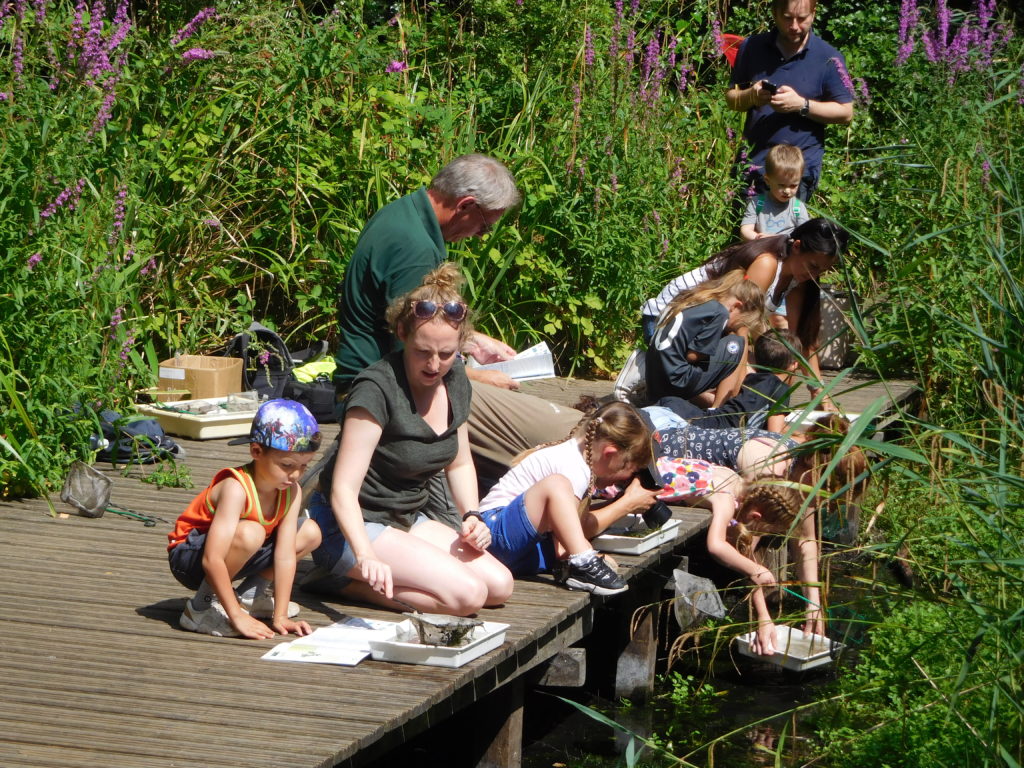
Joy, argues McCarthy, is the one thing that can motivate people to fight for nature. Given that it’s threatened, we need a powerful, universal feeling to drive our politics. As the human population rises and pressures mount, as global warming bites on every continent, we will need to fight hard to keep whatever’s left of nature alive. Our survival, the survival of whole ecosystems and millions of species, depends on it. We need, urgently, to teach people to love nature, for which we need reserves, in cities and outside them, where people can experience the joy of nature for themselves; where children (and adults) can walk and run and play and pond-dip and bug-hunt and laugh and see frogs and foxes and butterflies. Then, and only then, can we urge them to fight.
Buy it from Amazon.com (commission paid)
Buy it from Amazon.co.uk (commission paid)
Therfield Heath, Royston – surviving chalk grassland in East Anglia
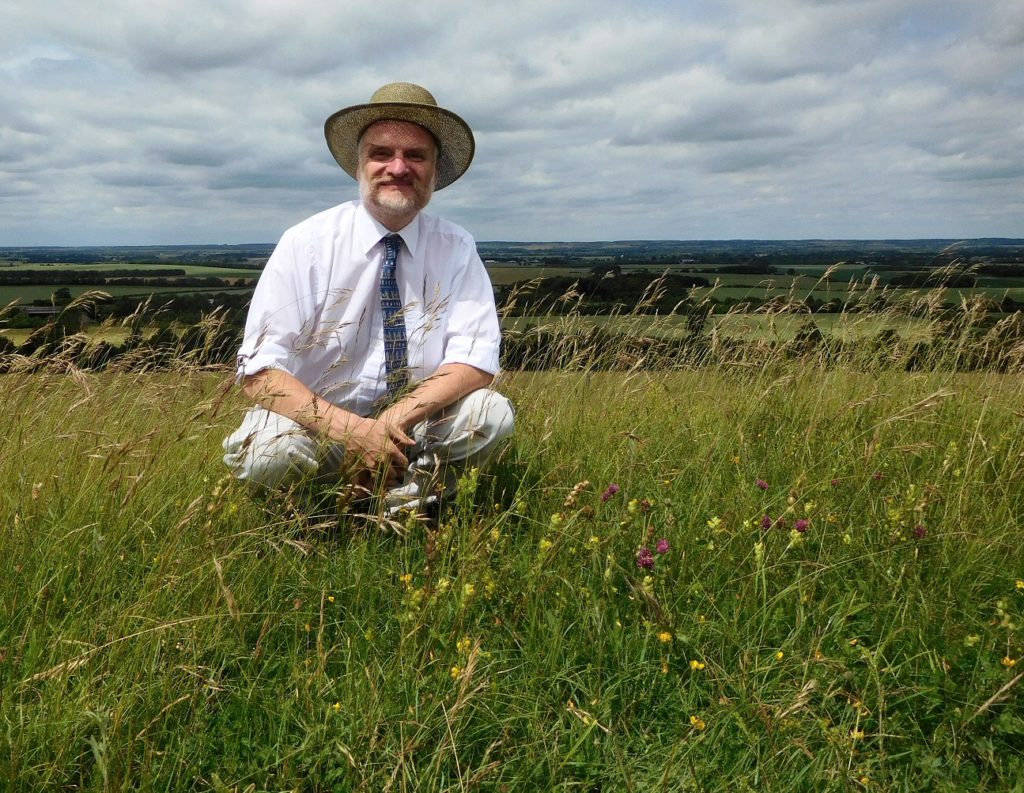
Much of East Anglia is flat, and very low-lying, indeed parts of the Fens are basically at sea level. But there are some hills, and even a Chalk escarpment. It’s pretty low, but still affords a fine view northwards across the plains. The nearly complete “failure of a major escarpment” is the result of the Ice Ages – the ice sheet, maybe a mile thick, ground interminably over the hills and plains, reducing most of the chalk to rock flour with flints, creating the sticky Boulder Clay that carpets much of eastern England. But at Royston, a delightful range of low hills survives, and has somehow survived the plough and the developers.
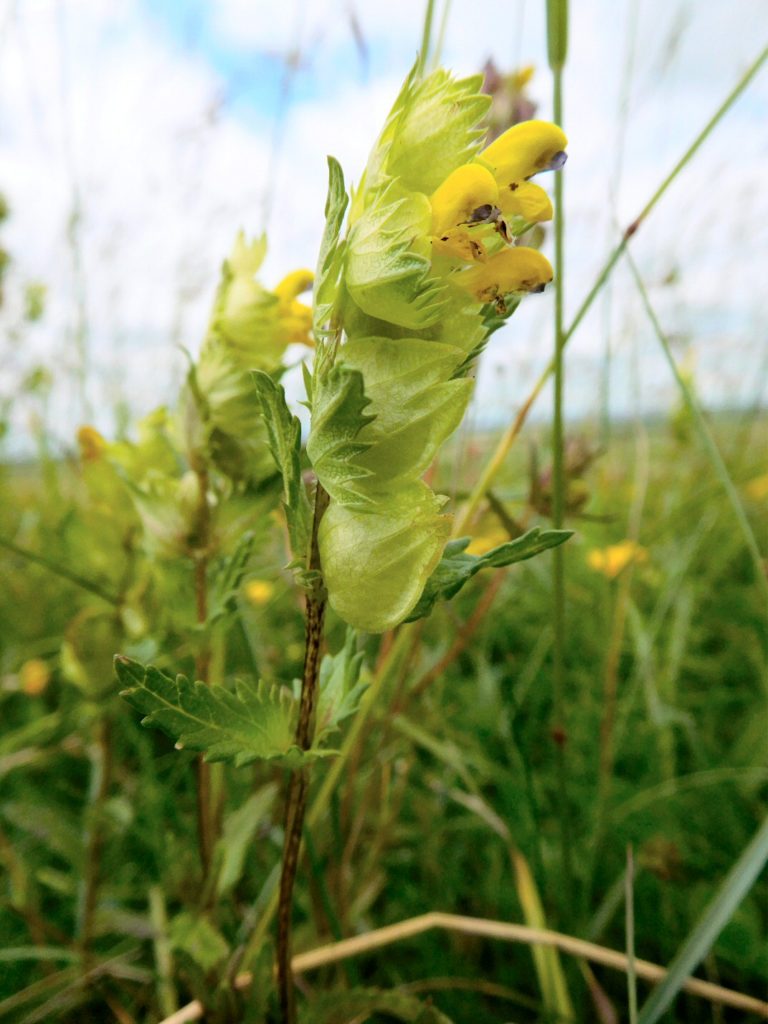
The grass of Therfield Heath (Royston Hill) is thinned by the parasitic Yellow Rattle (Orobanchaceae, the Broomrape family of parasitic plants): it helpfully weakens the grass, allowing in many other flowers, so it’s a bit of a Keystone Species, one on which the health of the ecosystem depends.
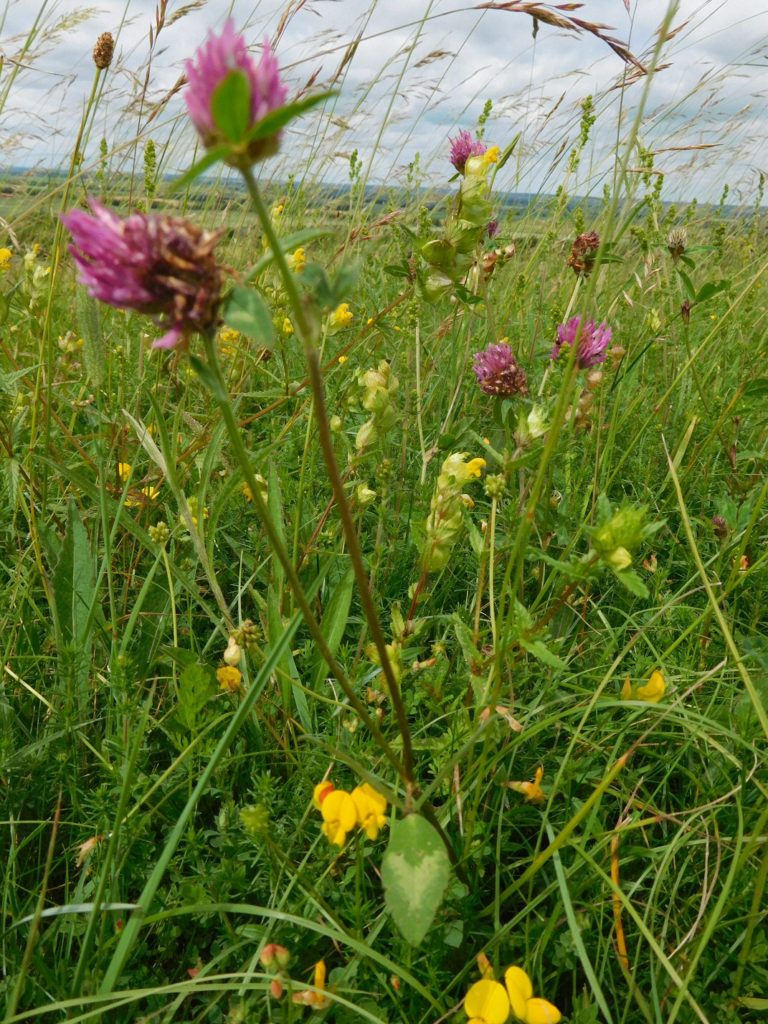
The plants let in by the weakening of the grass include a colourful and increasingly rare assemblage, which includes Kidney Vetch, Birdsfoot Trefoil, Rockrose, Thyme, Wild Mignonette and many others.
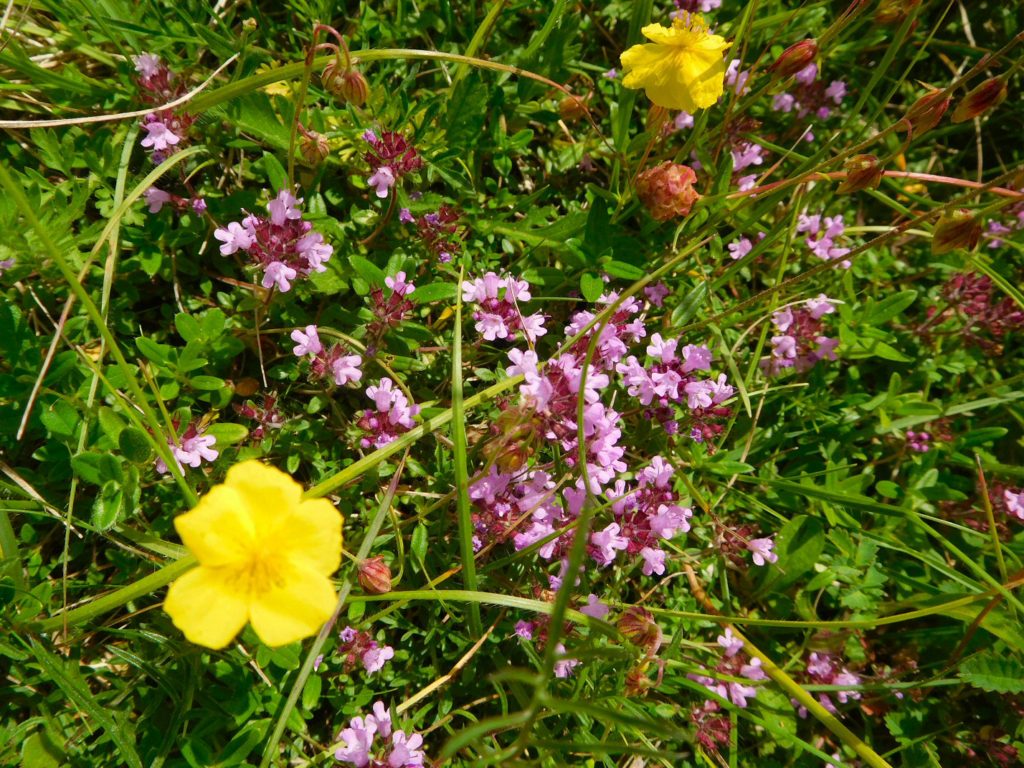
The flowers in turn support butterflies including Marbled White, Meadow Brown, and Small Heath. Half-a-dozen Skylarks were singing all around; one got up pretty close to us for a brief song-flight, quickly followed by several of his neighbours. A Swift dashed overhead. All these once-familiar and widespread species are becoming rather special, a measure of the ecological disaster that has spread not just across England but across Europe and, really, the whole world.
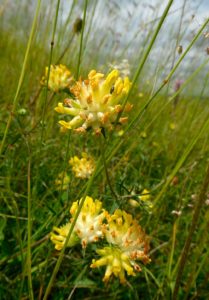
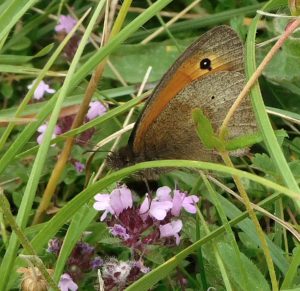
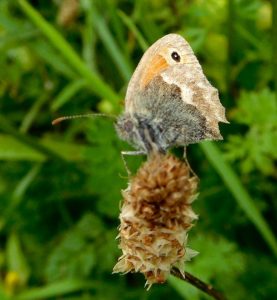
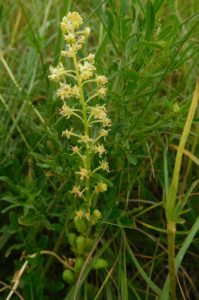
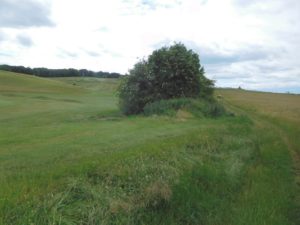
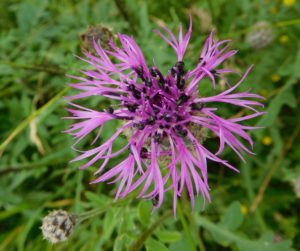
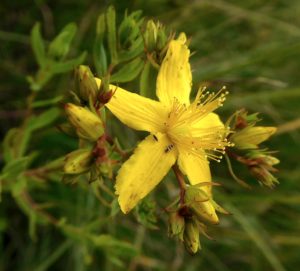
It’s interesting to see a pattern in the distribution of plants. I last saw Dropwort on Helsington Barrows, a limestone hill at the southern edge of the Lake District (not a place with much limestone, given the area’s ancient volcanic rocks and slates). Here it’s on a very different form of limestone, chalk, but if the soil is alkaline and supports open grassland, that’s fine with Dropwort. It’s a plant with a beautiful foamy white cluster of flowers on a rather isolated stalk rising from the grassland. The attractive foaminess is reminiscent of Meadowsweet, Filipendula ulmaria, and indeed Dropwort is in the same genus: it’s Filipendula vulgaris, though it could hardly be called common these days.
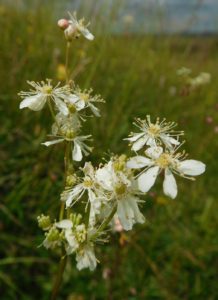
Stourhead, Sparkling with Dragonflies
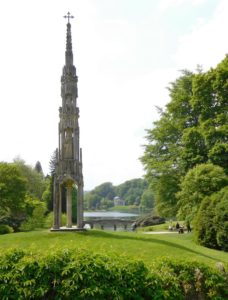
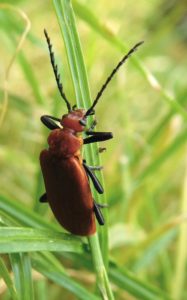
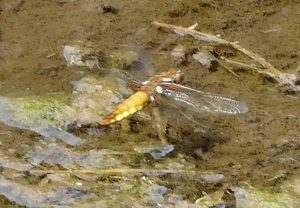
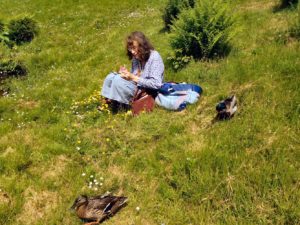
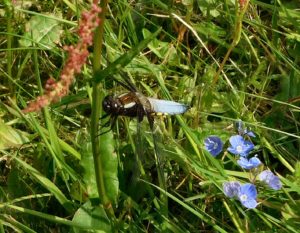
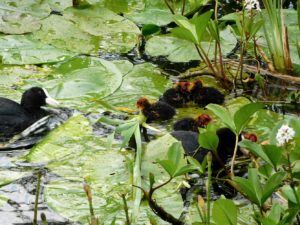
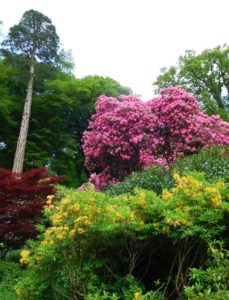
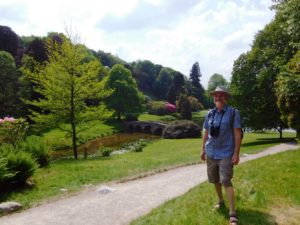
Wasp Beetles Mating, Gooseberry Sawflies Multiplying
Nightingales at Northward Hill
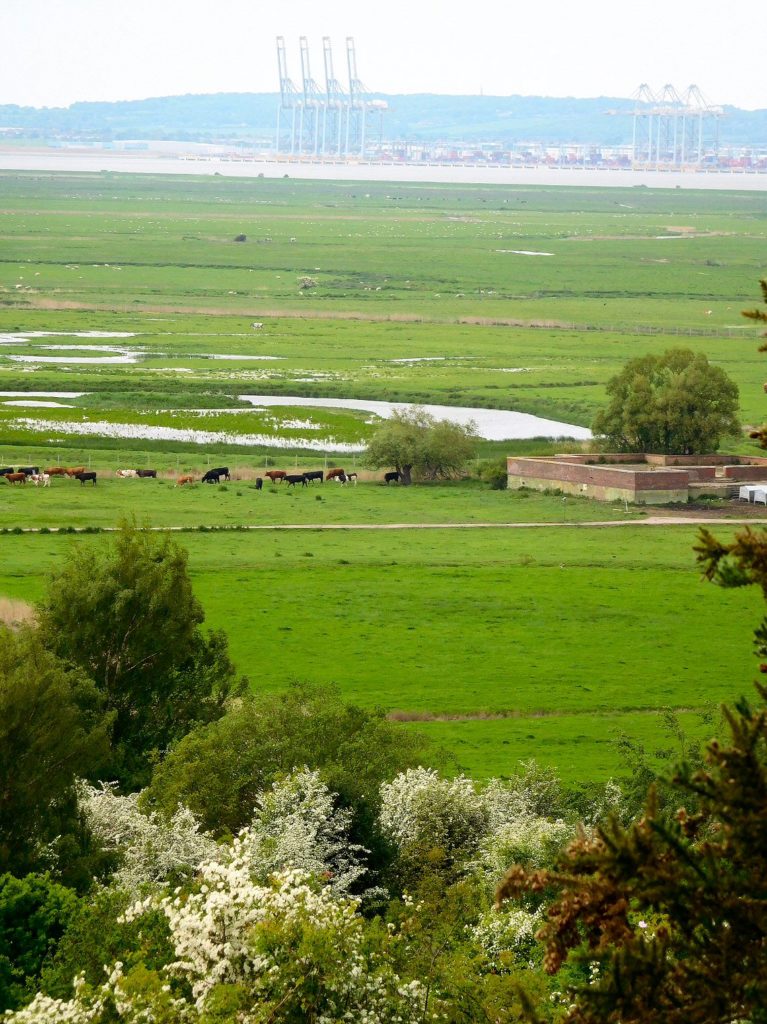
Well there are some things one just has to do, even if it means braving the traffic. Nightingales, once common all over the south of England, can now only be heard in a few special places, and Northward Hill is one of them. There are some others in the southeast, like Lodge Hill, and guess what, they want to build houses all over it. Better go and enjoy the birdsong while it lasts.
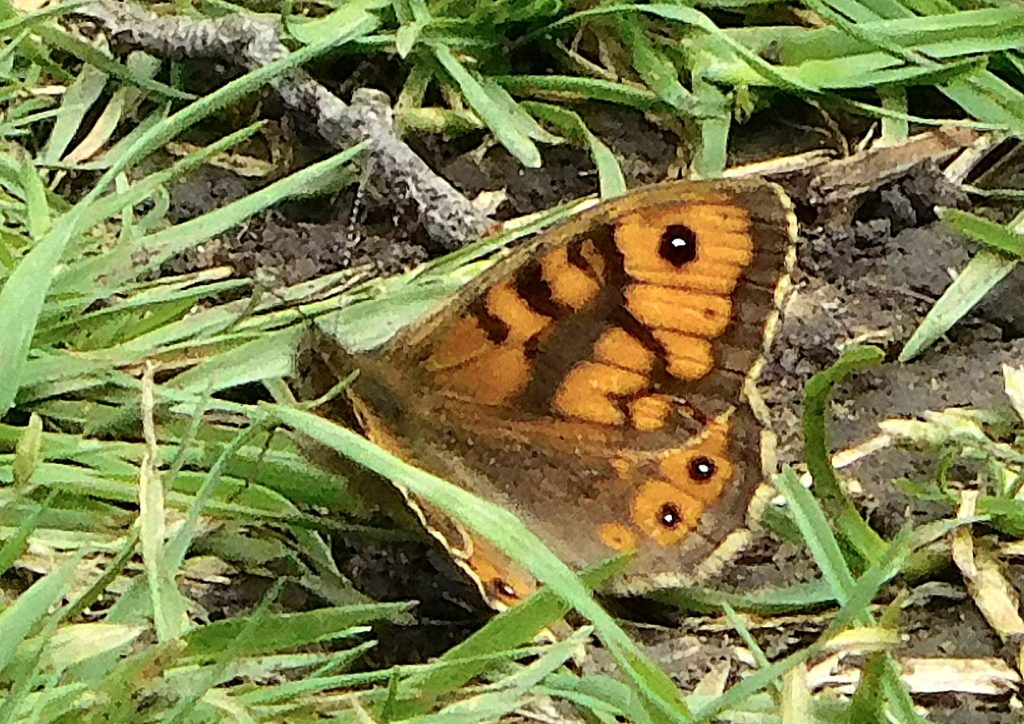
I was greeted by the song of blackbird, chaffinch, robin, song thrush, and wren as I walked in. A few ‘whites’ – large white, orange tip, green-veined white – skittered about as I reached the attractively rough scrub of hawthorn in full May blossom, blackthorn, wild pear, wild plum, and wild cherry, topped by the occasional whitethroat singing away scratchily.
Into the woods, with a handsome old cherry orchard on the right. Some of the oaks were straight out of Lord of the Rings, splendidly gnarled, knobbly, with massive trunks and holes to hide a good few goblins in.
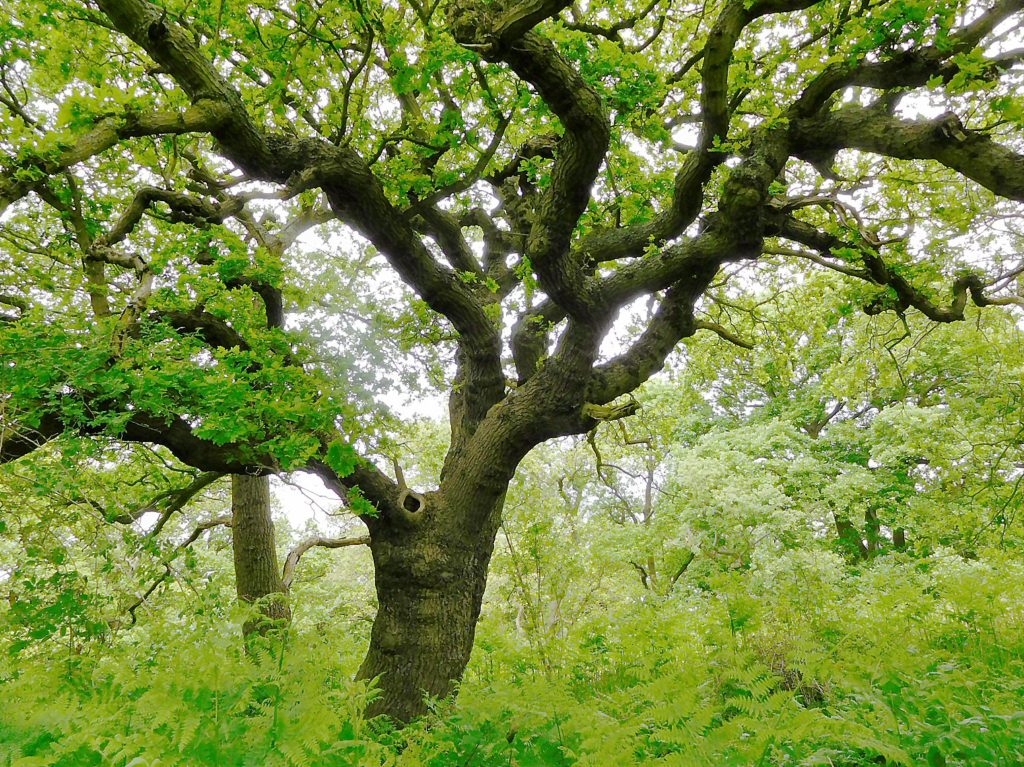
And yes, sure enough, a nightingale obliged by singing its hesitant but amazingly rich and varied song from the thick cover. A little further, another; and a cuckoo kindly sang its unmistakable song from an oak almost in front of me, then with a ‘gok’ call flew, sparrowhawk-like, from the tree, a special sight.
Down to the hide overlooking the pool in the top photo; I wasn’t expecting more than a coot and maybe a mallard, but there were breeding lapwings chasing off the crows; breeding oystercatchers, and an avocet sitting with them; and a couple of solitary little egrets, stalking and stabbing at small fish or frogs. A redshank gave its wild teuk-teuk-teuk call and flashed its wingbar briefly.
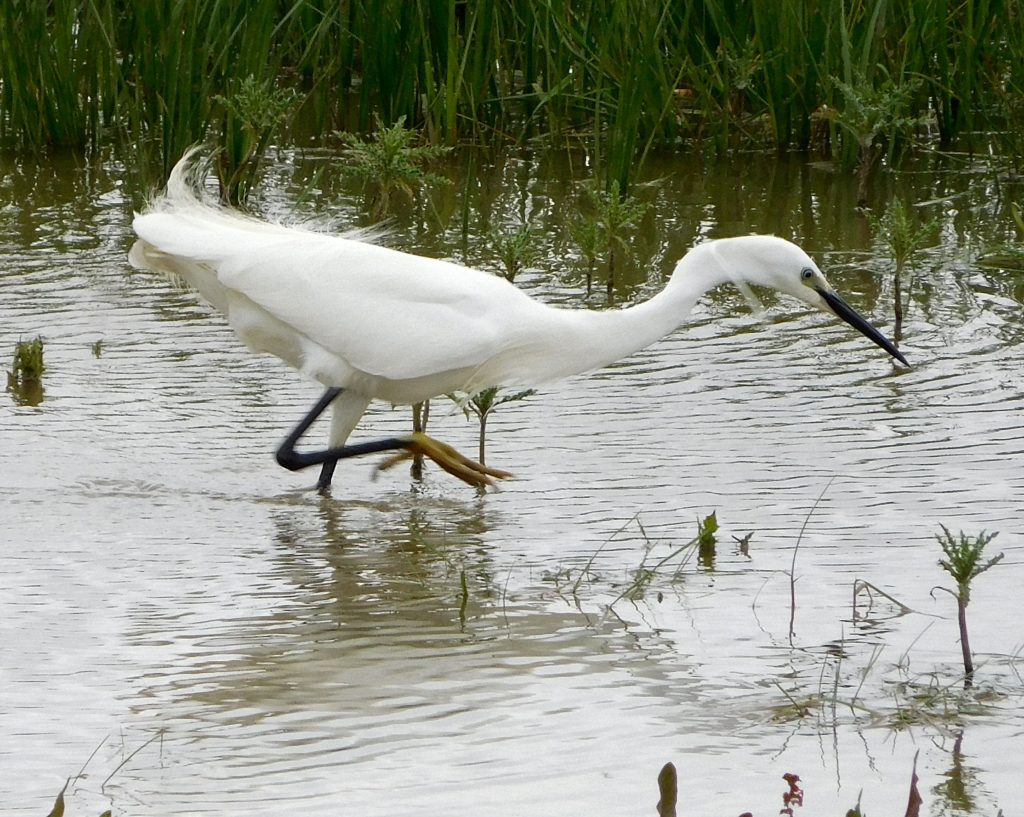
Overhead a few swallows flitted about, and three swifts raced over the marsh.
The Hoo Peninsula is still a wild, spacious, lonely place, even with the swelling villages. You can see the Shard and Canary Wharf in the distance (some 30 miles); the river with its cranes and giant ships is ever-present; but the North Kent Marshes are special, as is Northward Hill with its fine old woods, still unspoilt for birds. Go and see it while you can.
Hedgehog Day!

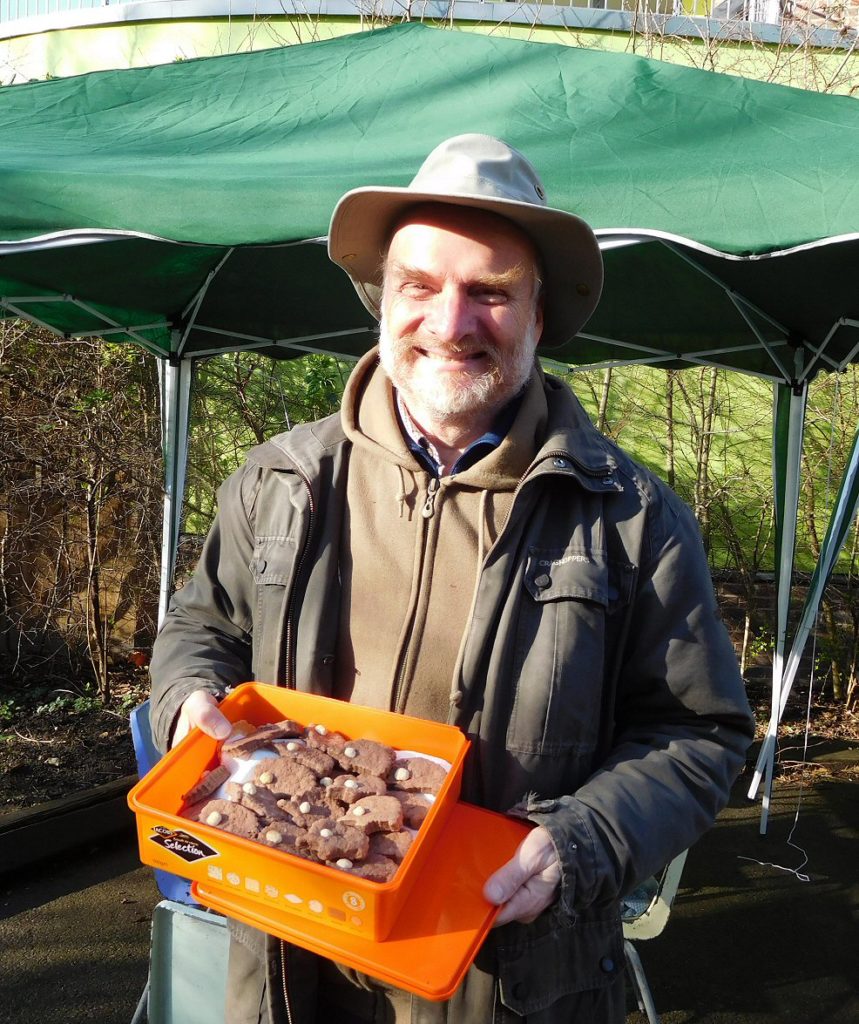
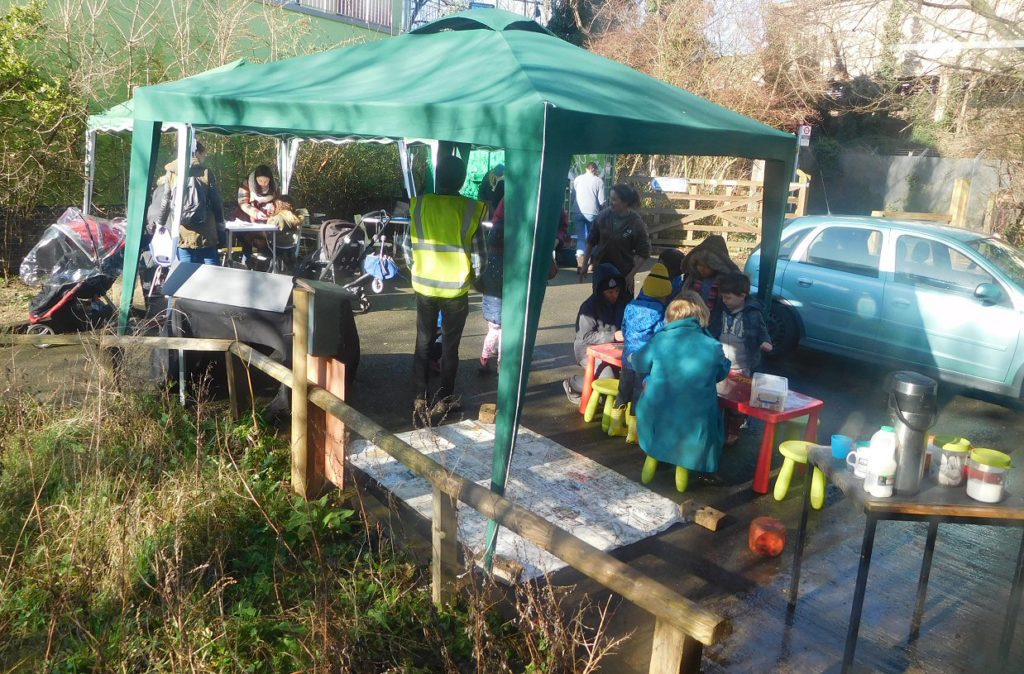
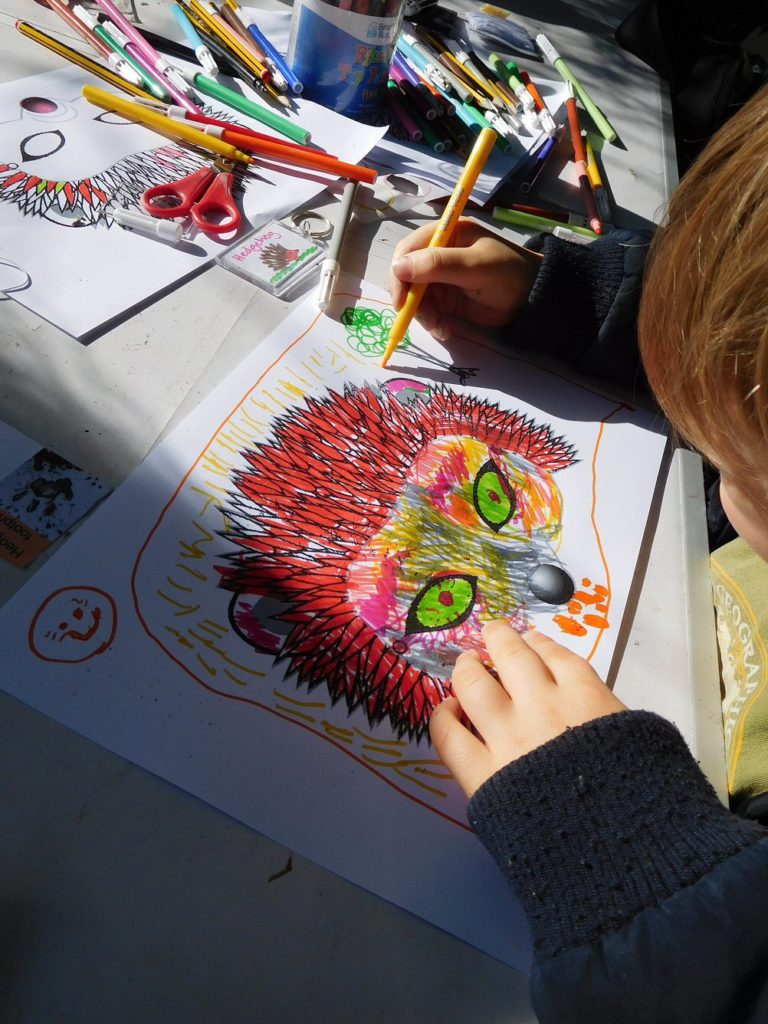
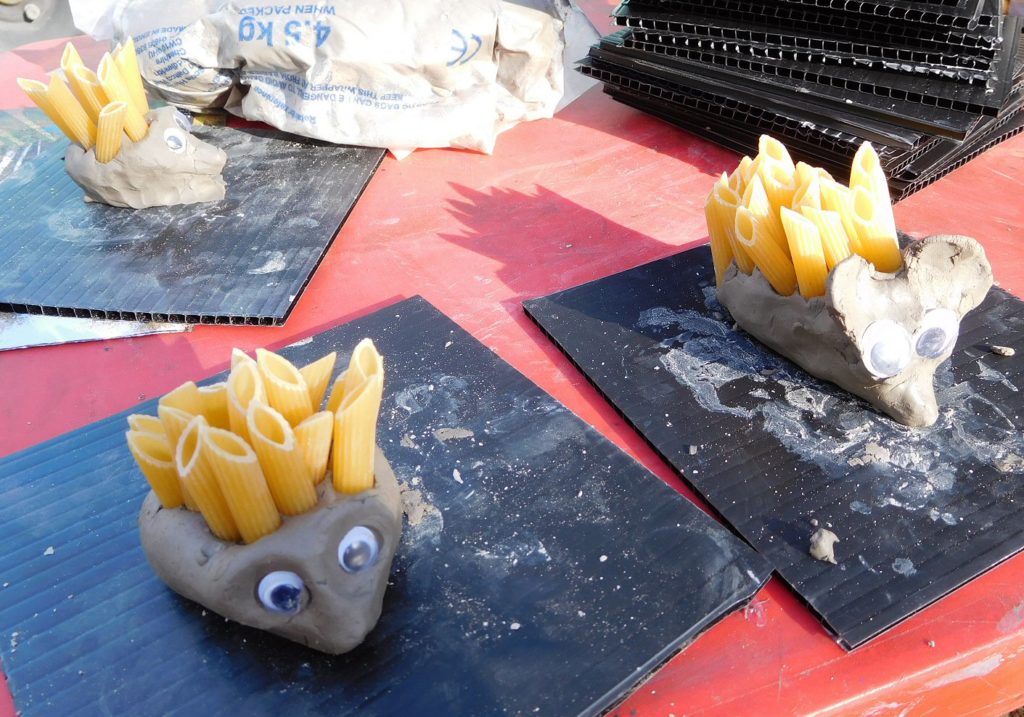
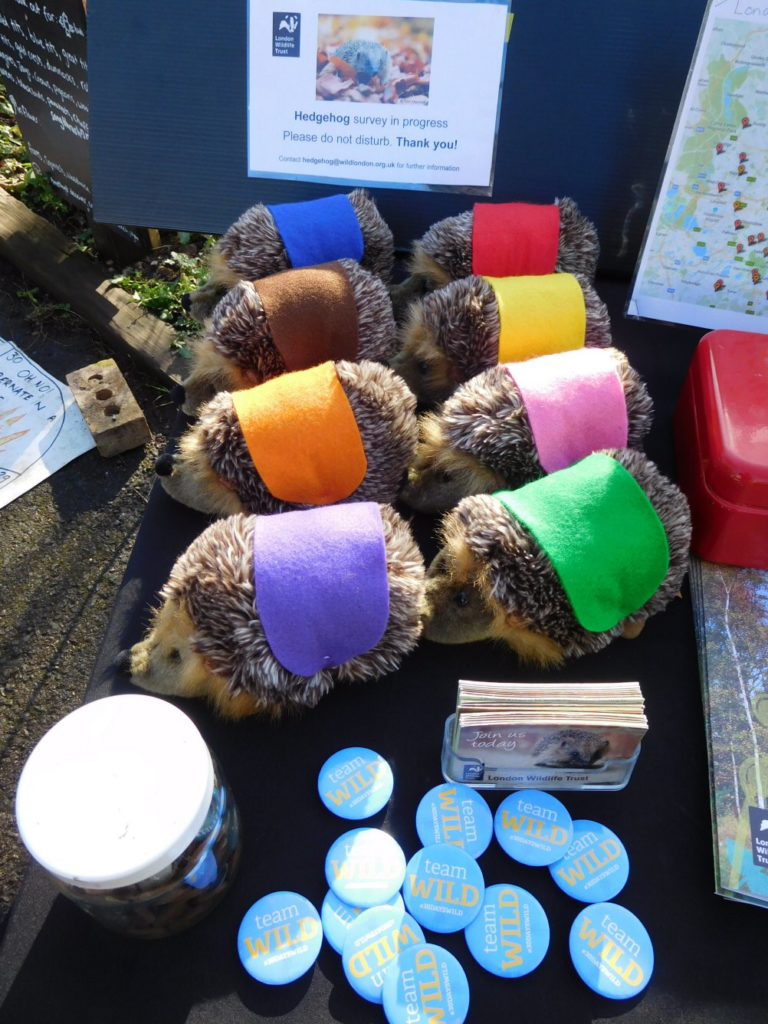
Redwings at Sunset
Autumn’s End – Red Cotoneaster Foliage
Charming Wooden Animal Trail at Gunnersbury Triangle
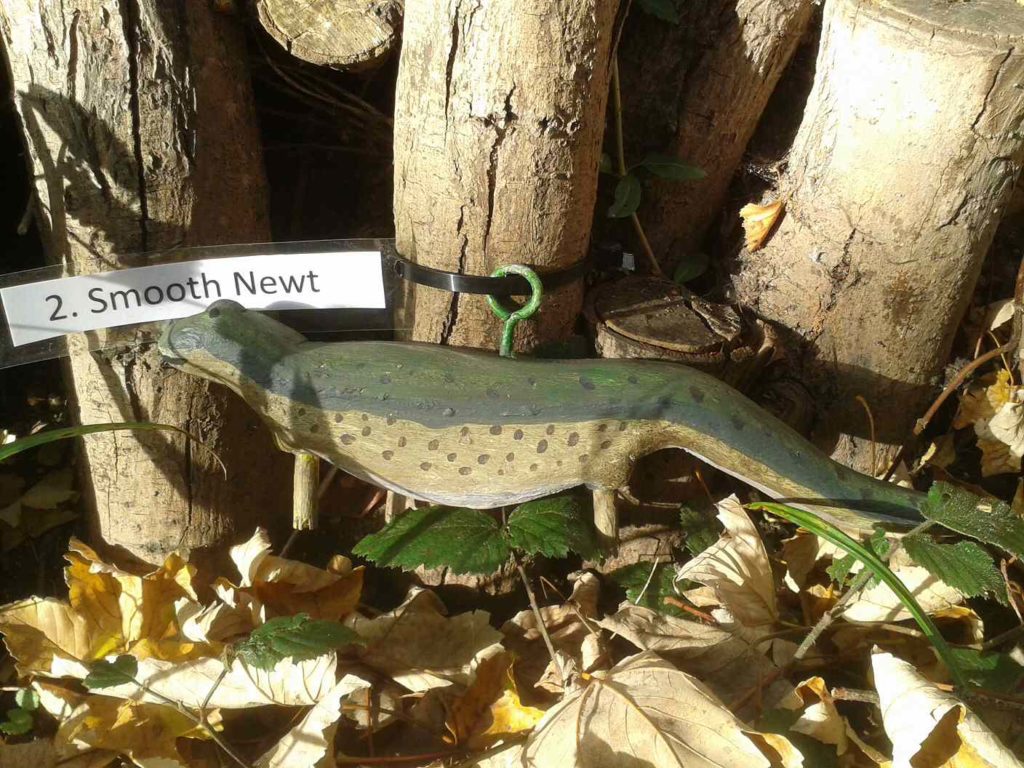
Netty found some dusty but very well-made wooden animals, complete with attachment rings, evidently designed for use on a Nature Trail. She repainted all of them and we hung them around the reserve. The camouflaged animals – the newt and the frog – seemed to ‘work’ the best. We hope the children will have fun going around with their parents to find them. One or two may be quite difficult!
It wasn’t all wooden animals. As it happens, we saw some of the real things, November or not.
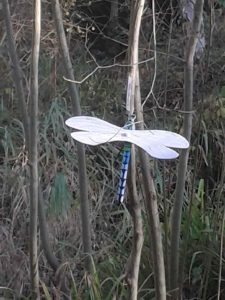
[Spoiler alert!] We went down to the pond to affix the Dragonfly, and spotted a small limp orange shape floating apparently lifeless at the surface…
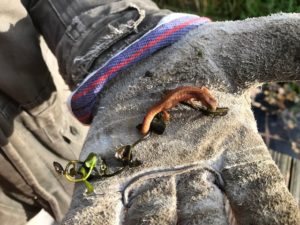
Then we started mowing the Ramp Meadow with its remarkably fine stand of Evening Primroses …
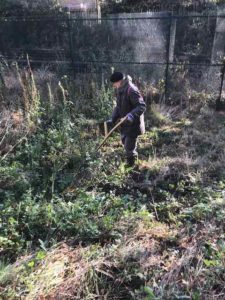
… and found a real frog, escaping the scythes and boots.
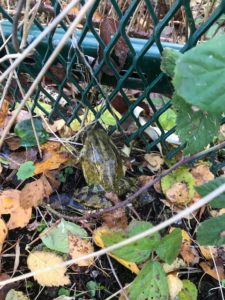
The Forest School decorated Christmas Candles very gracefully.
